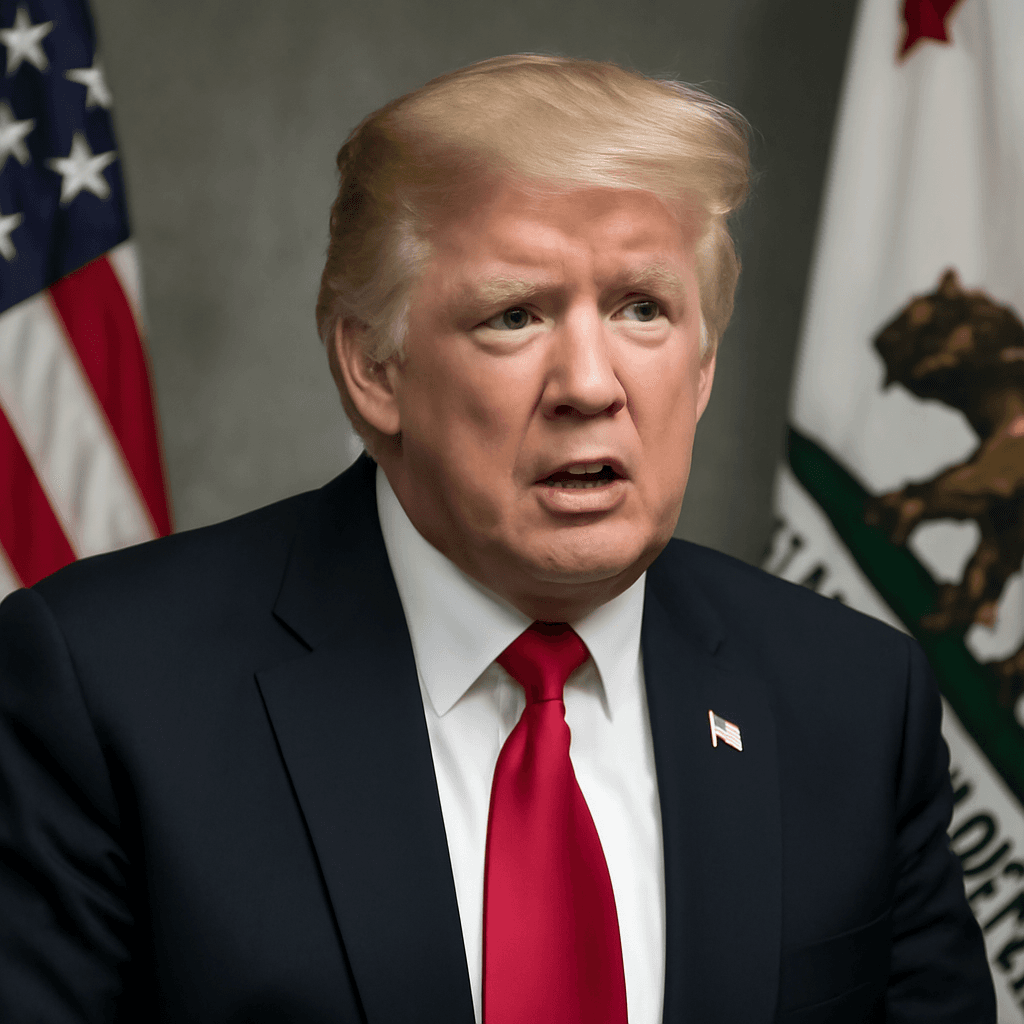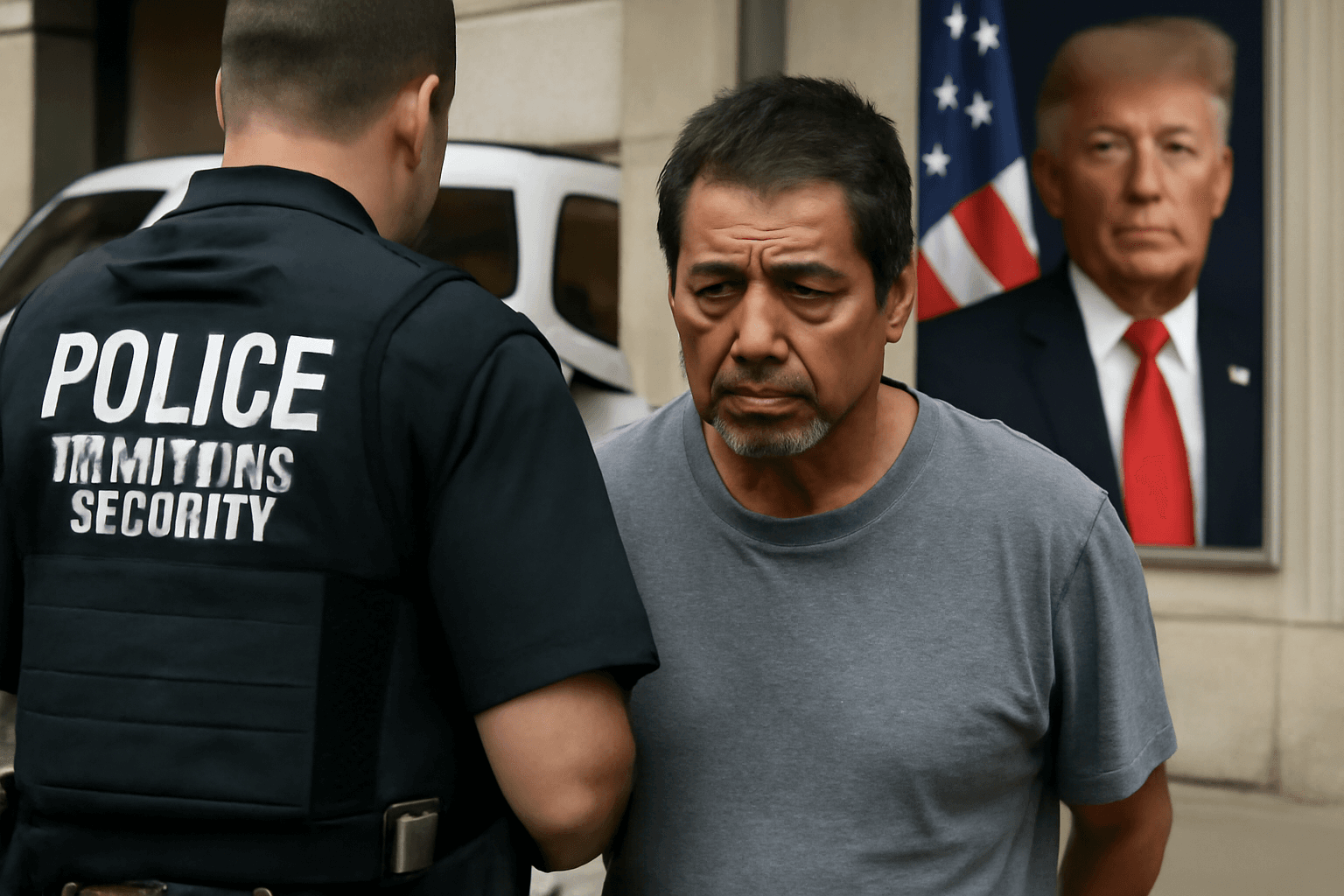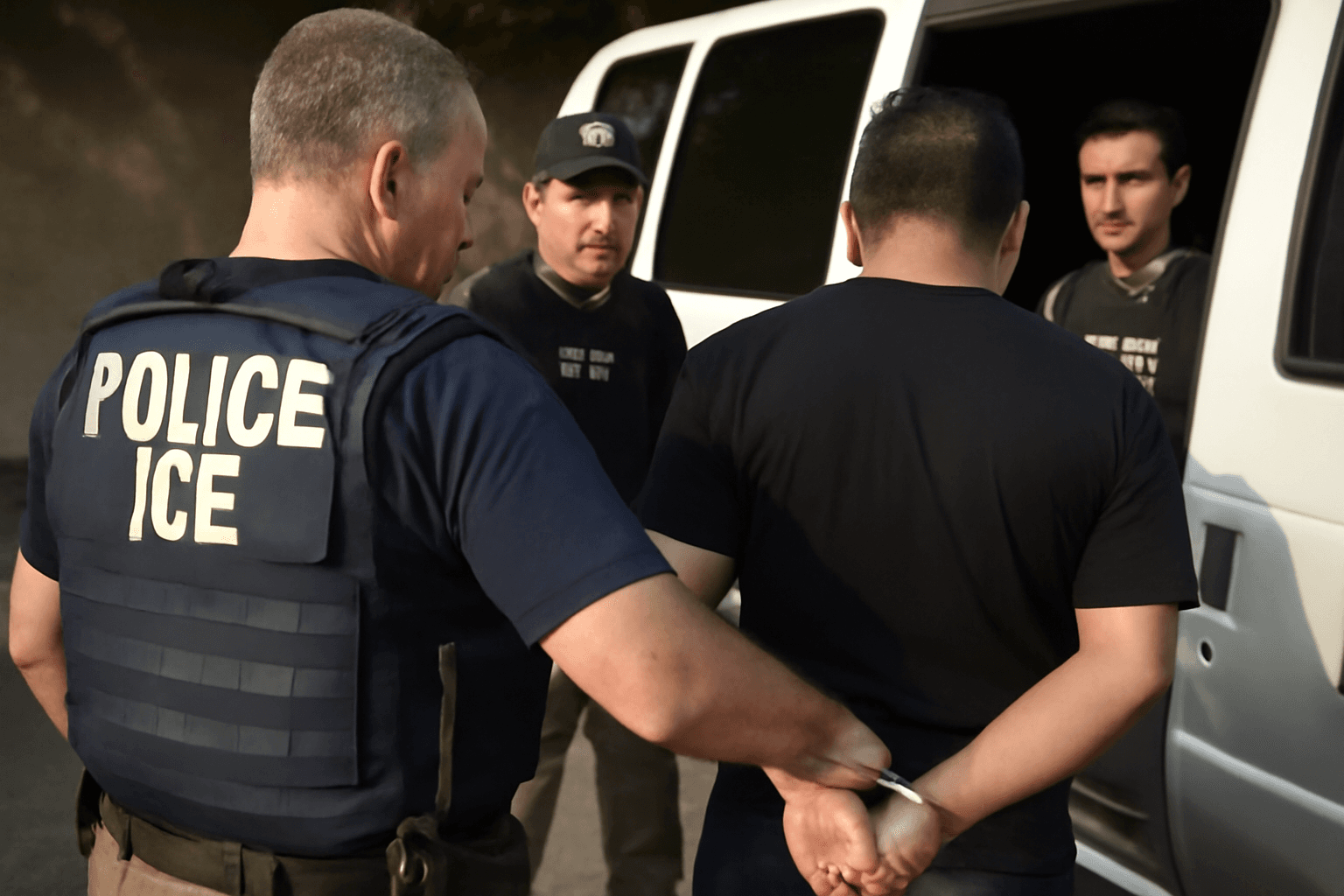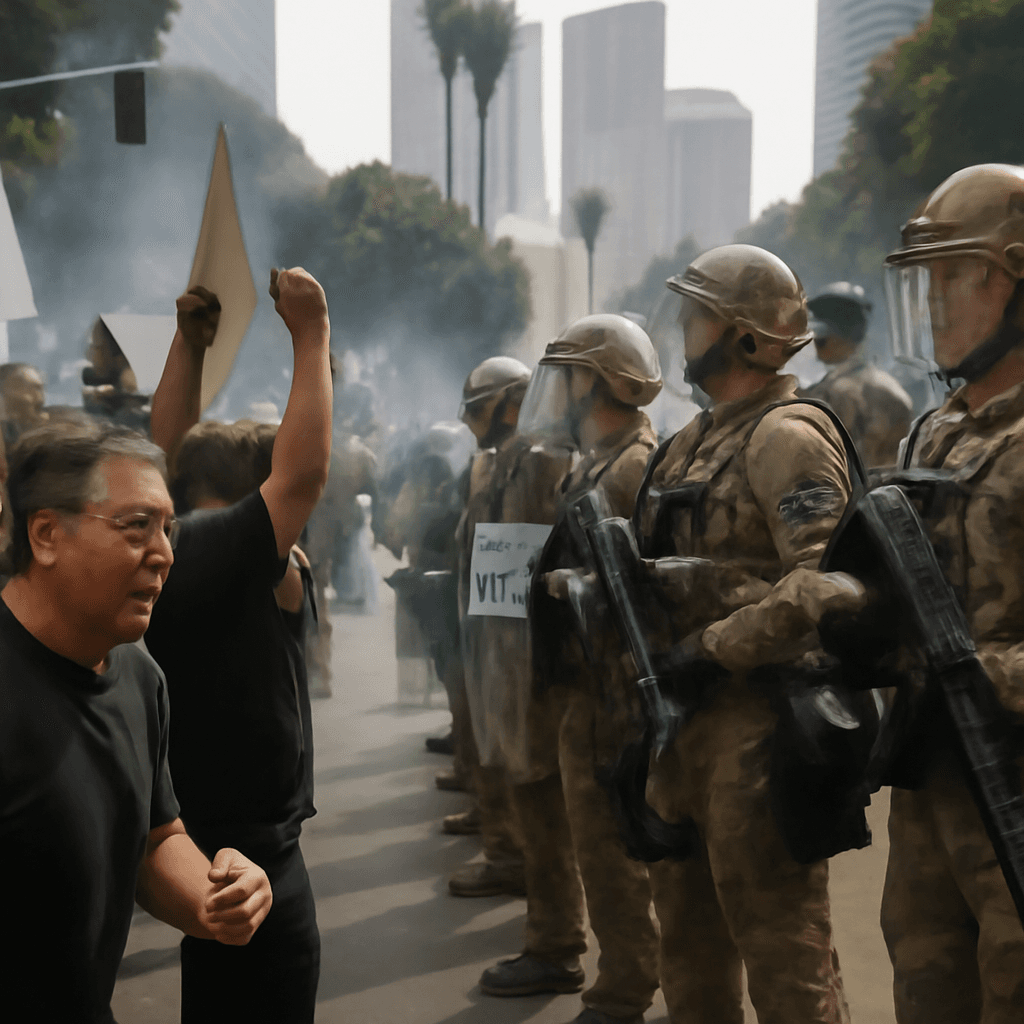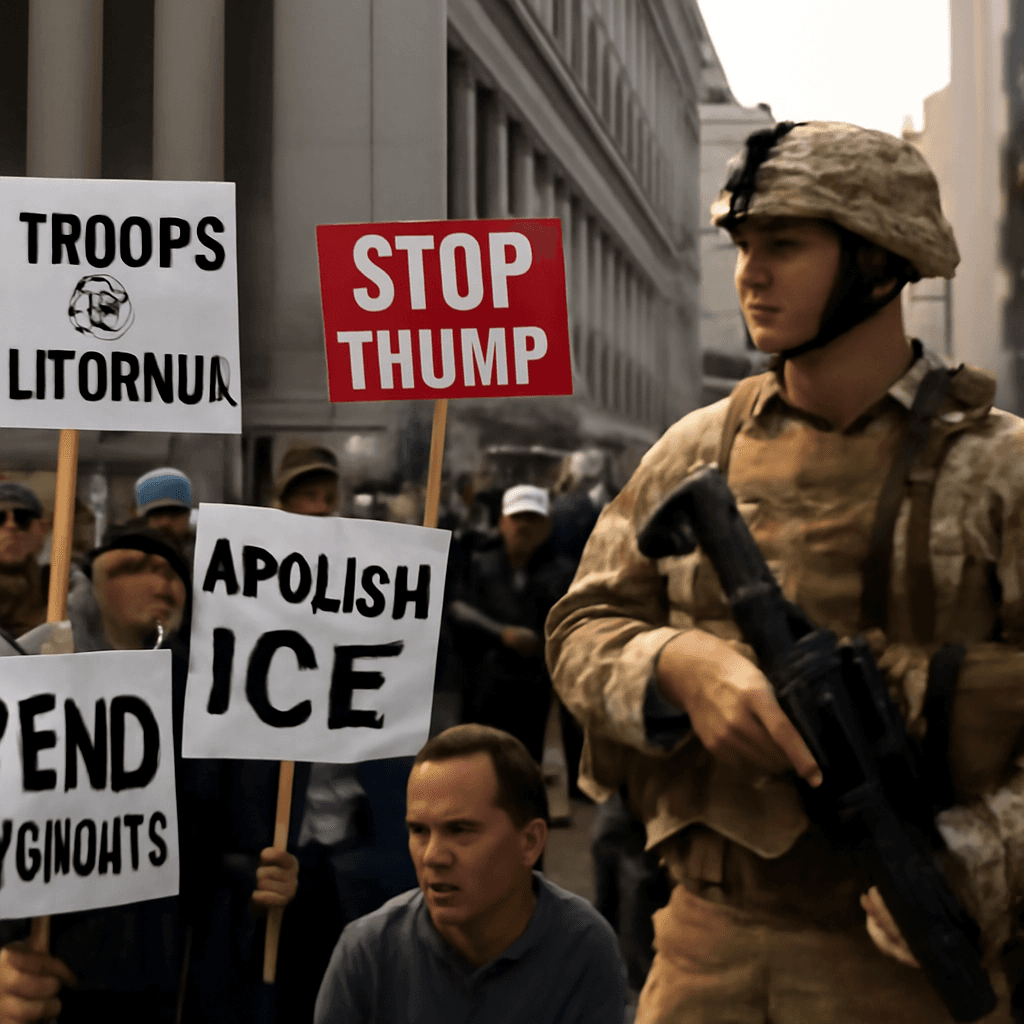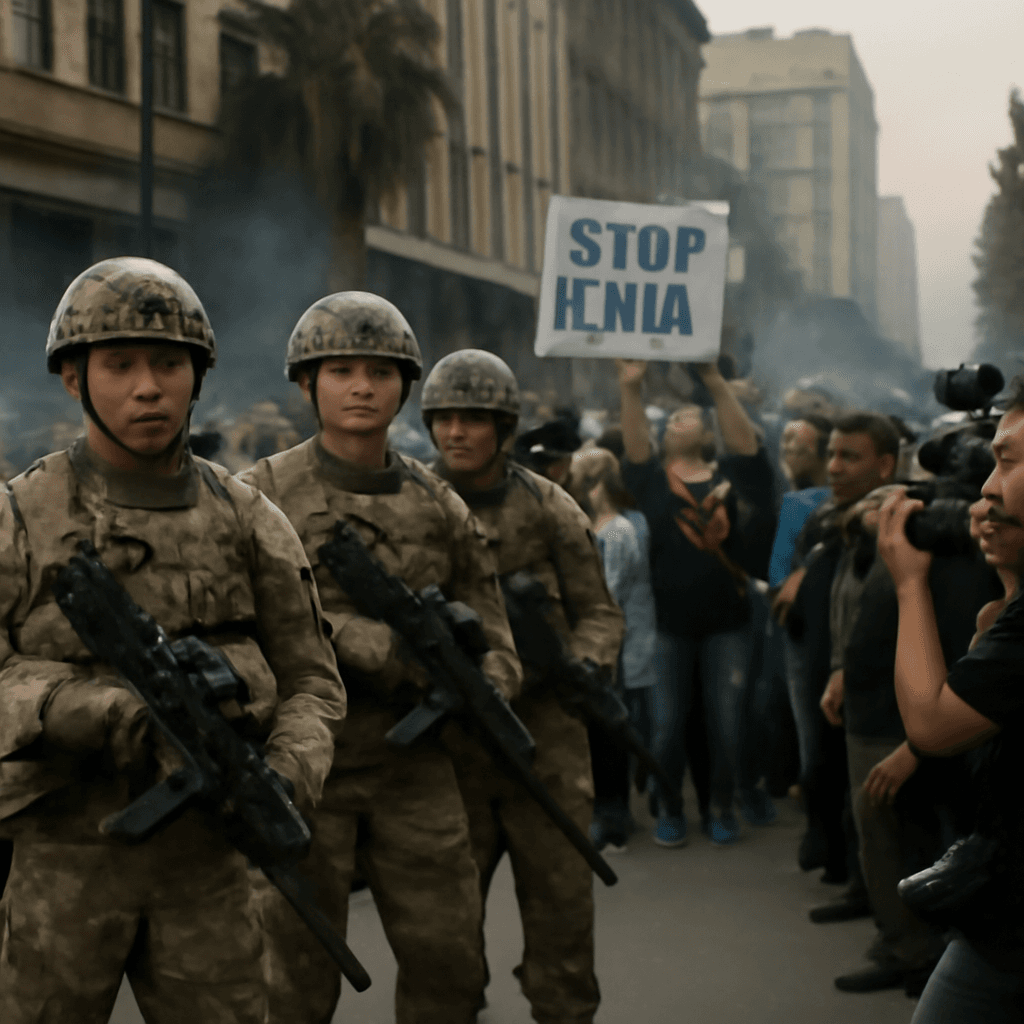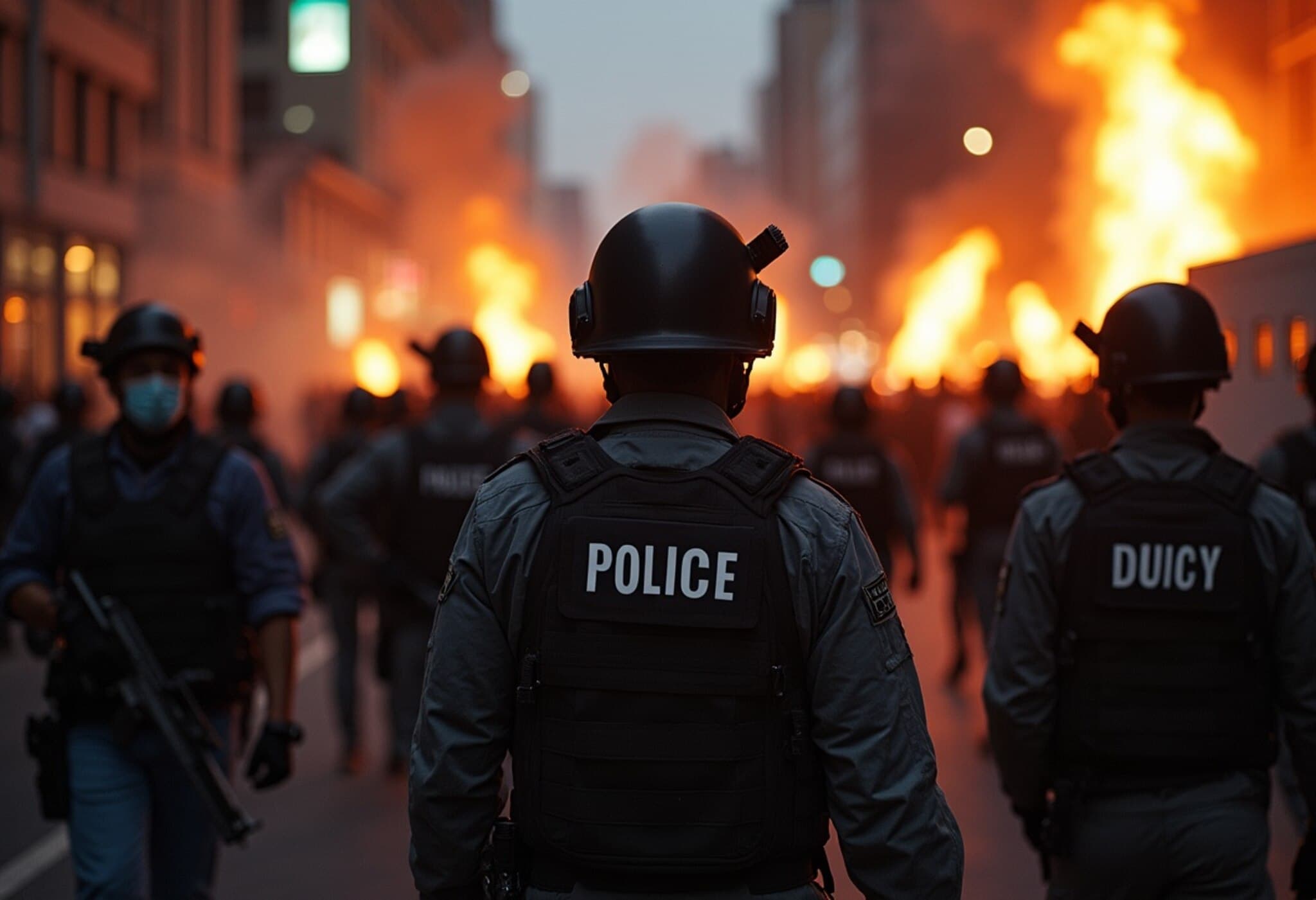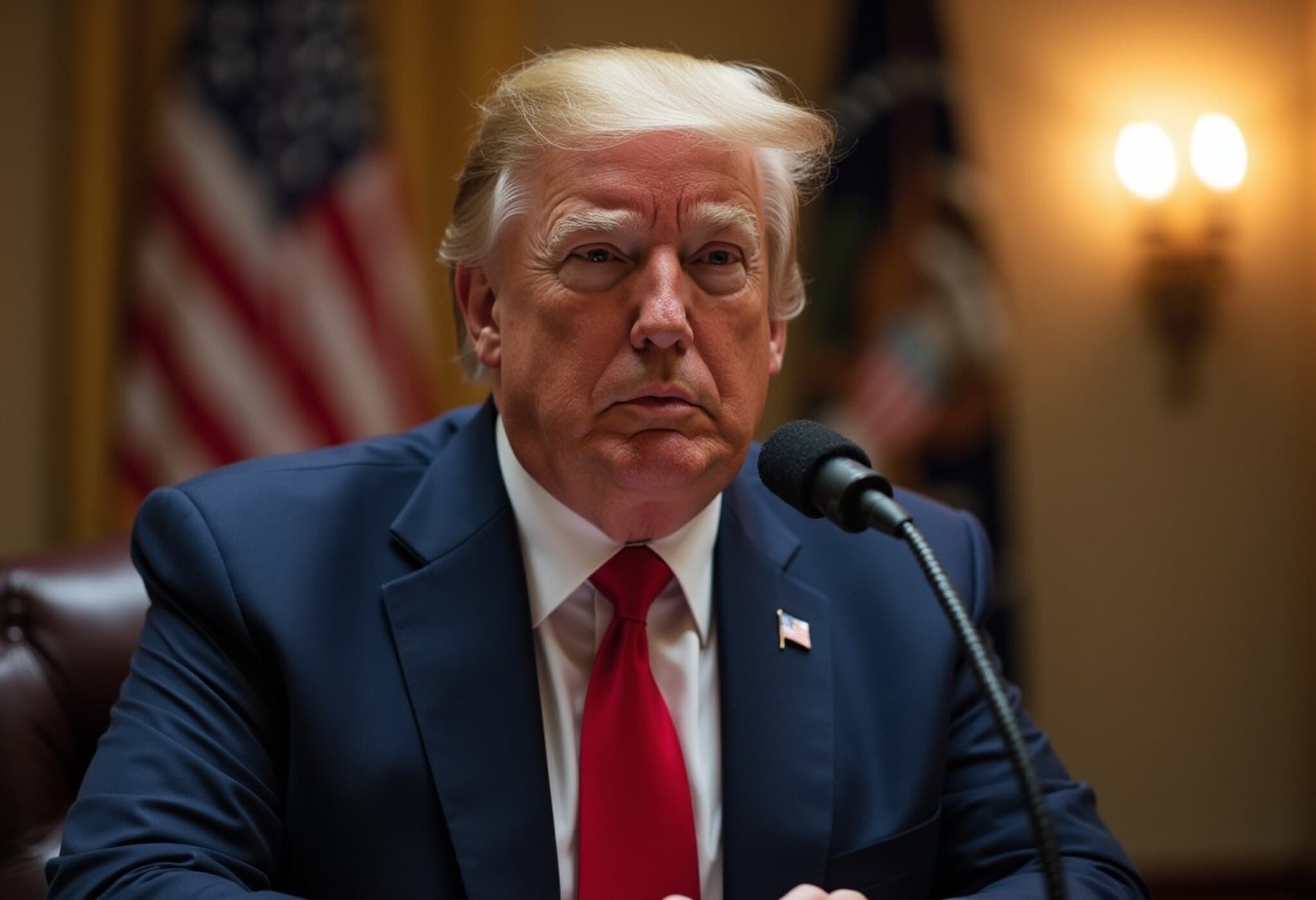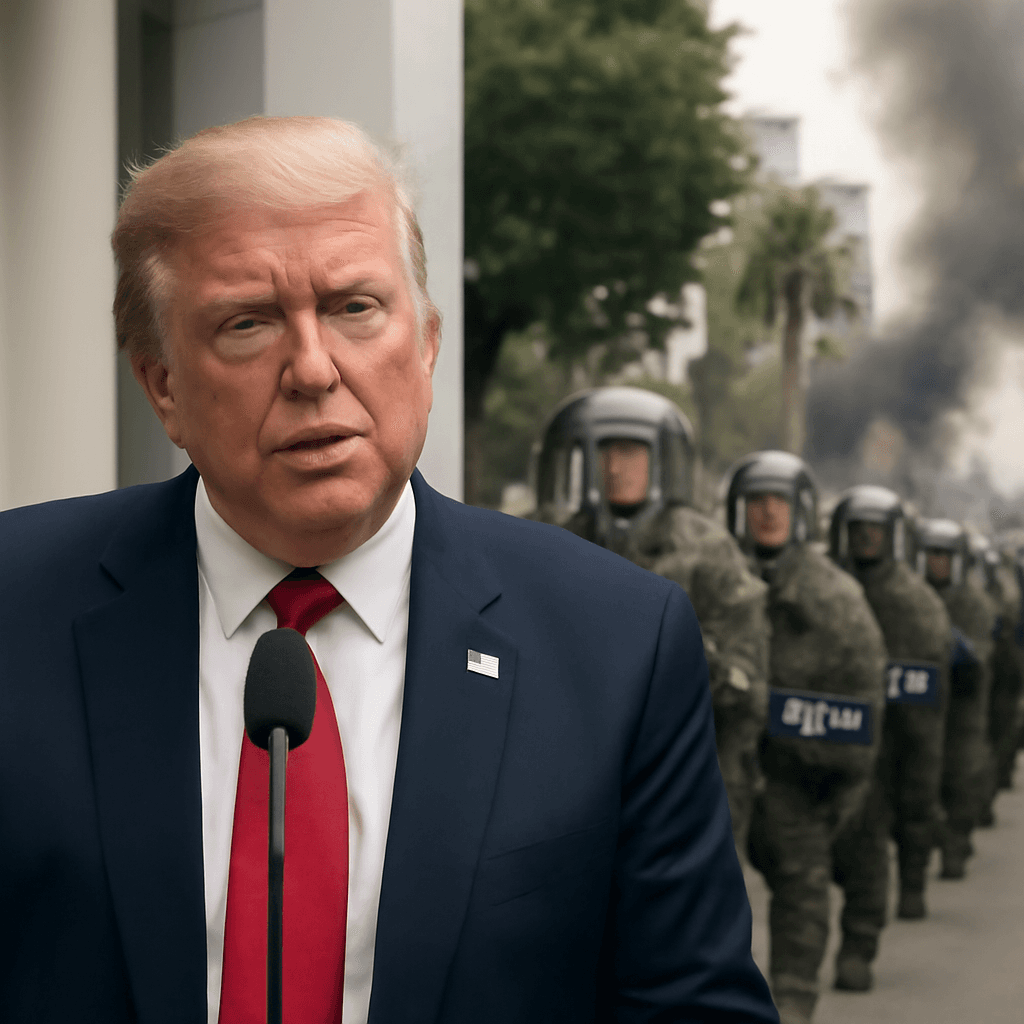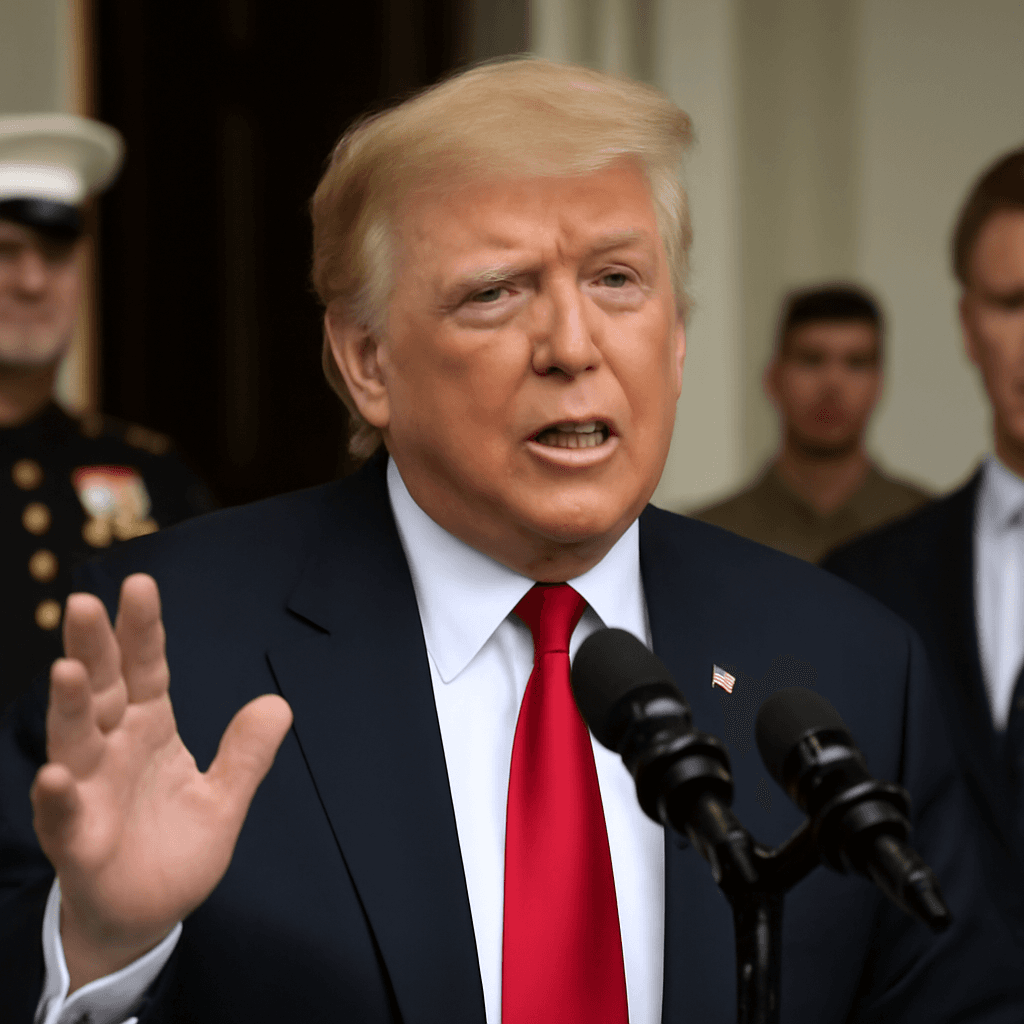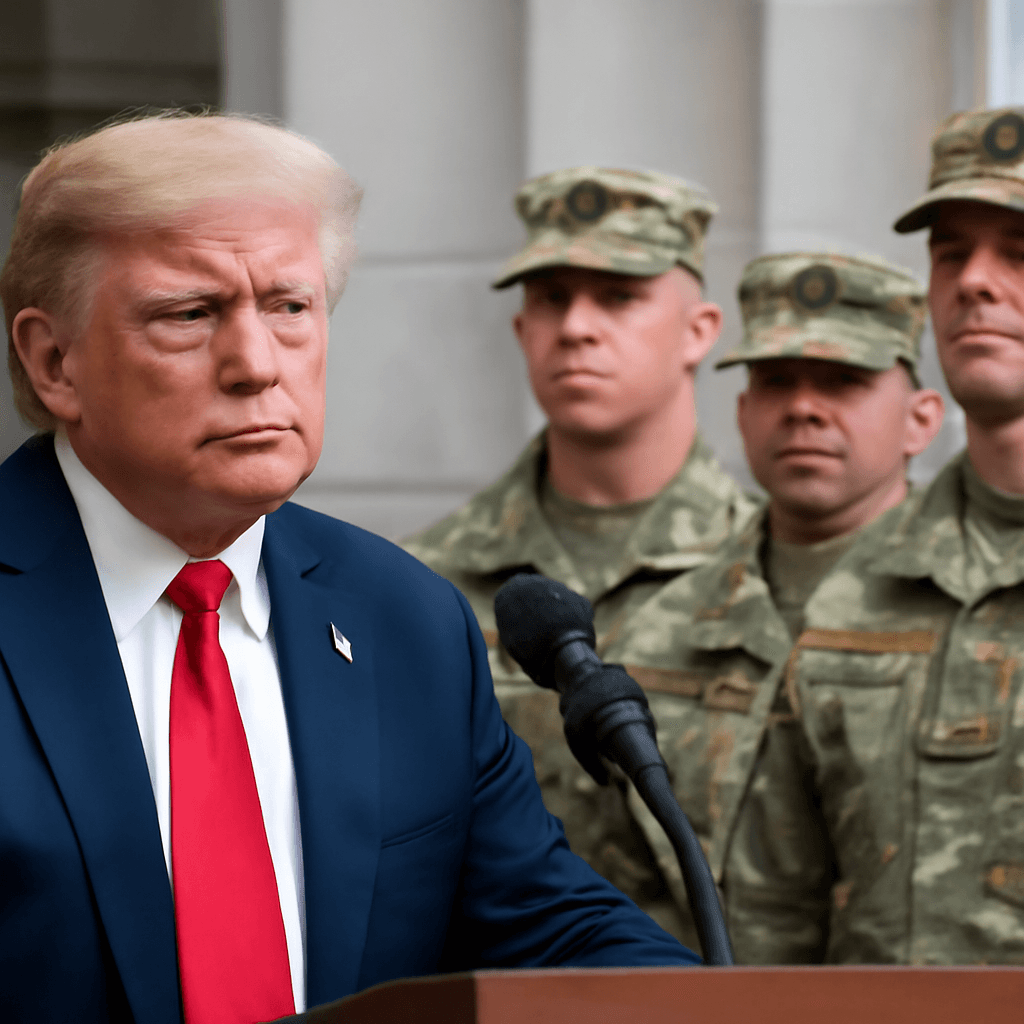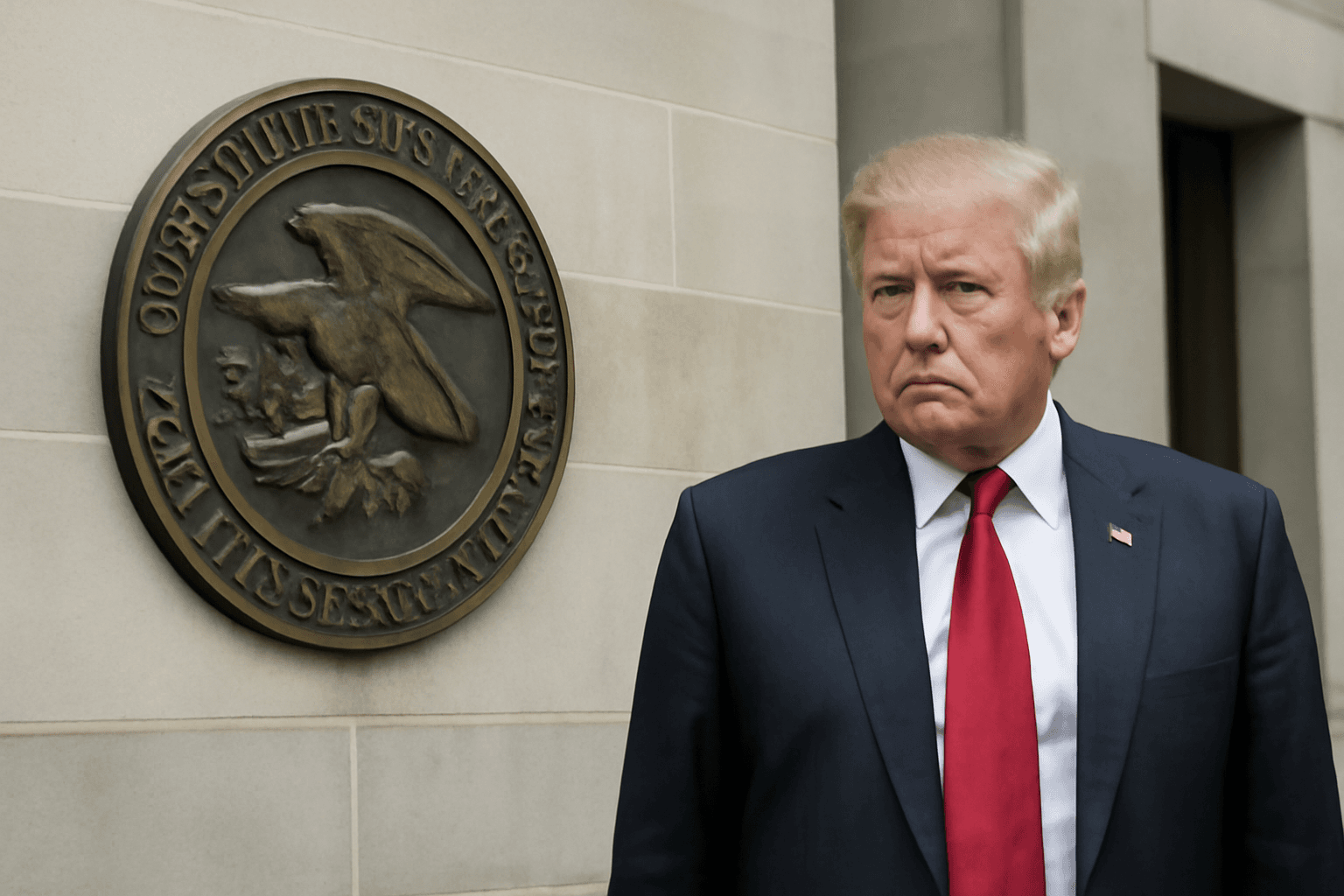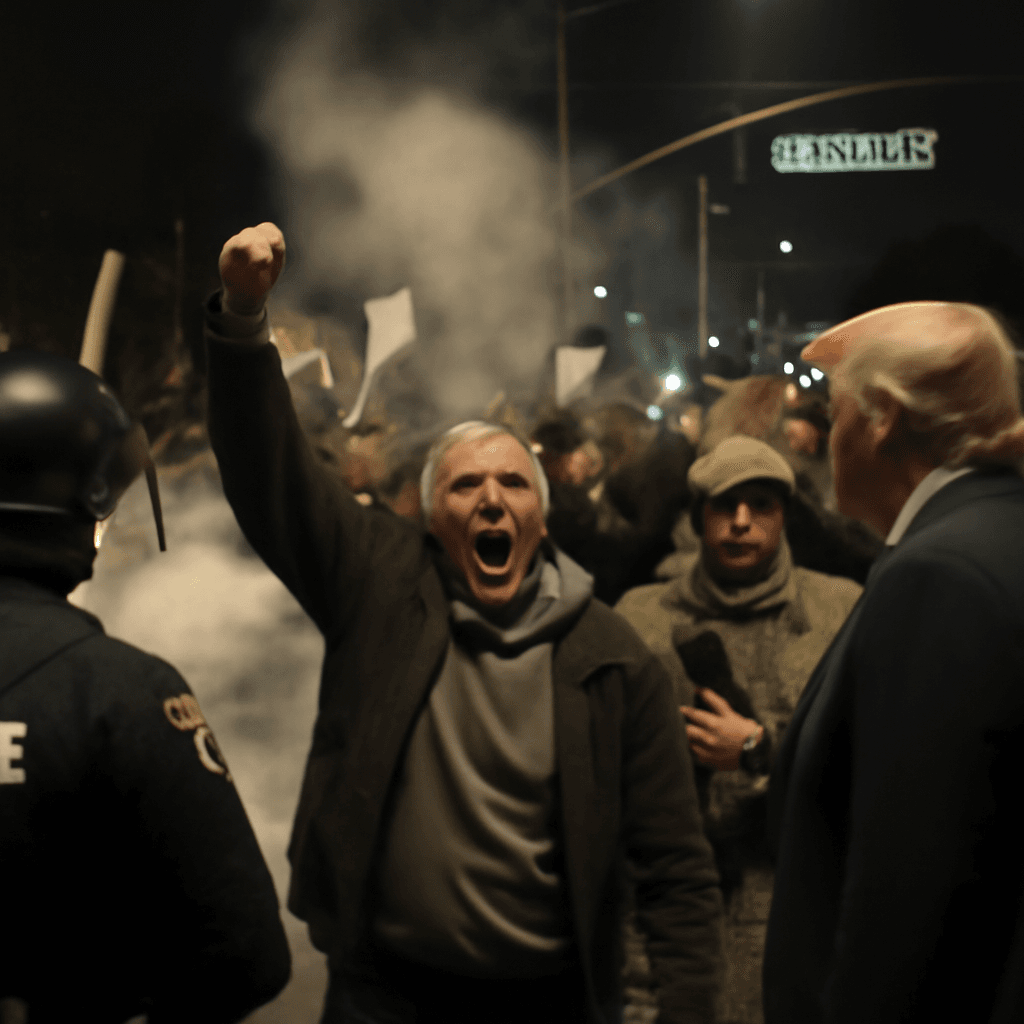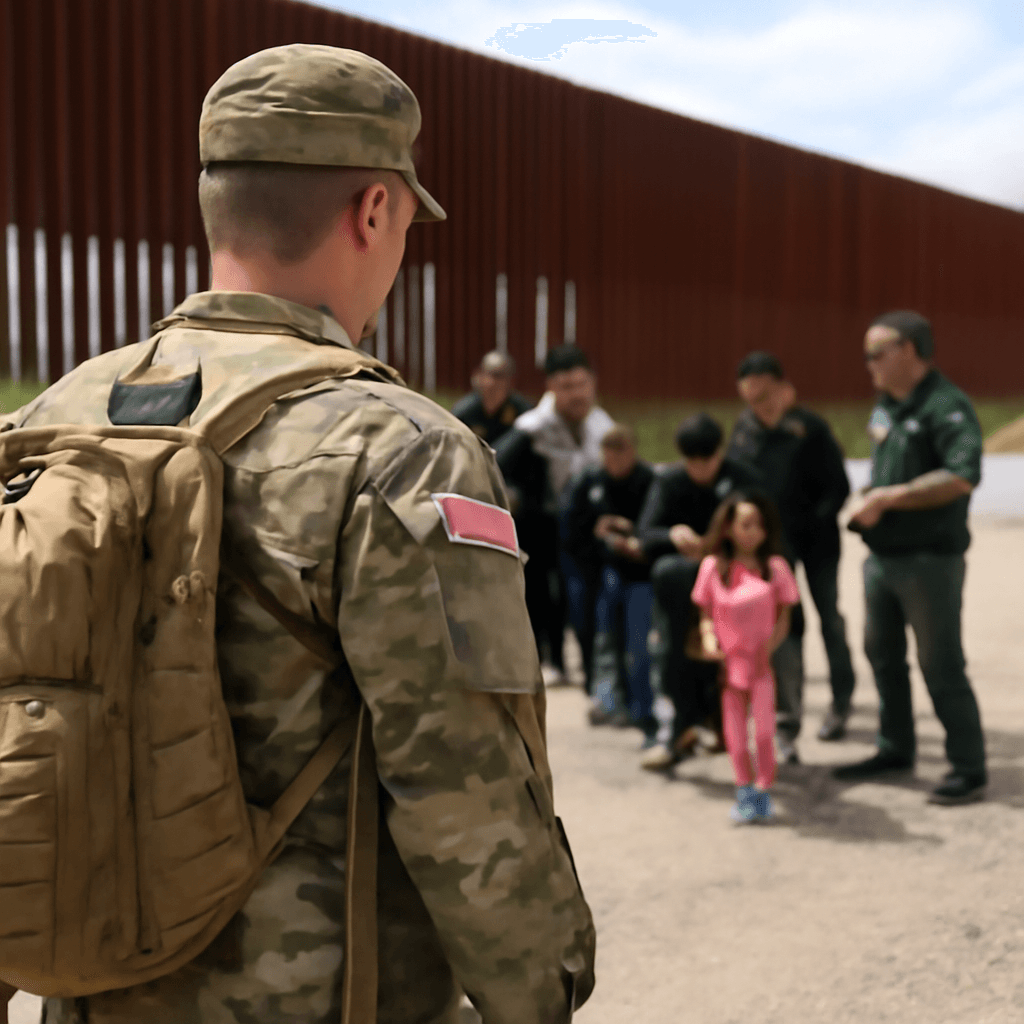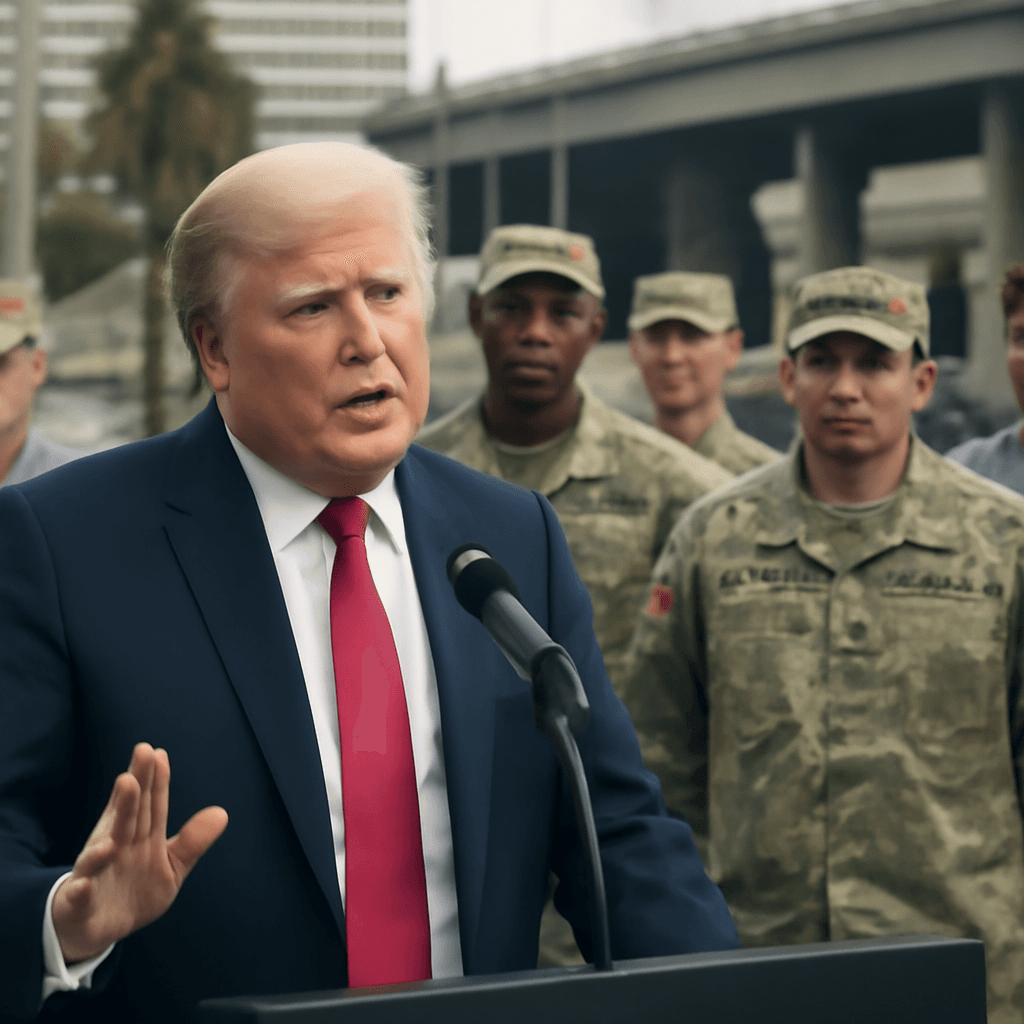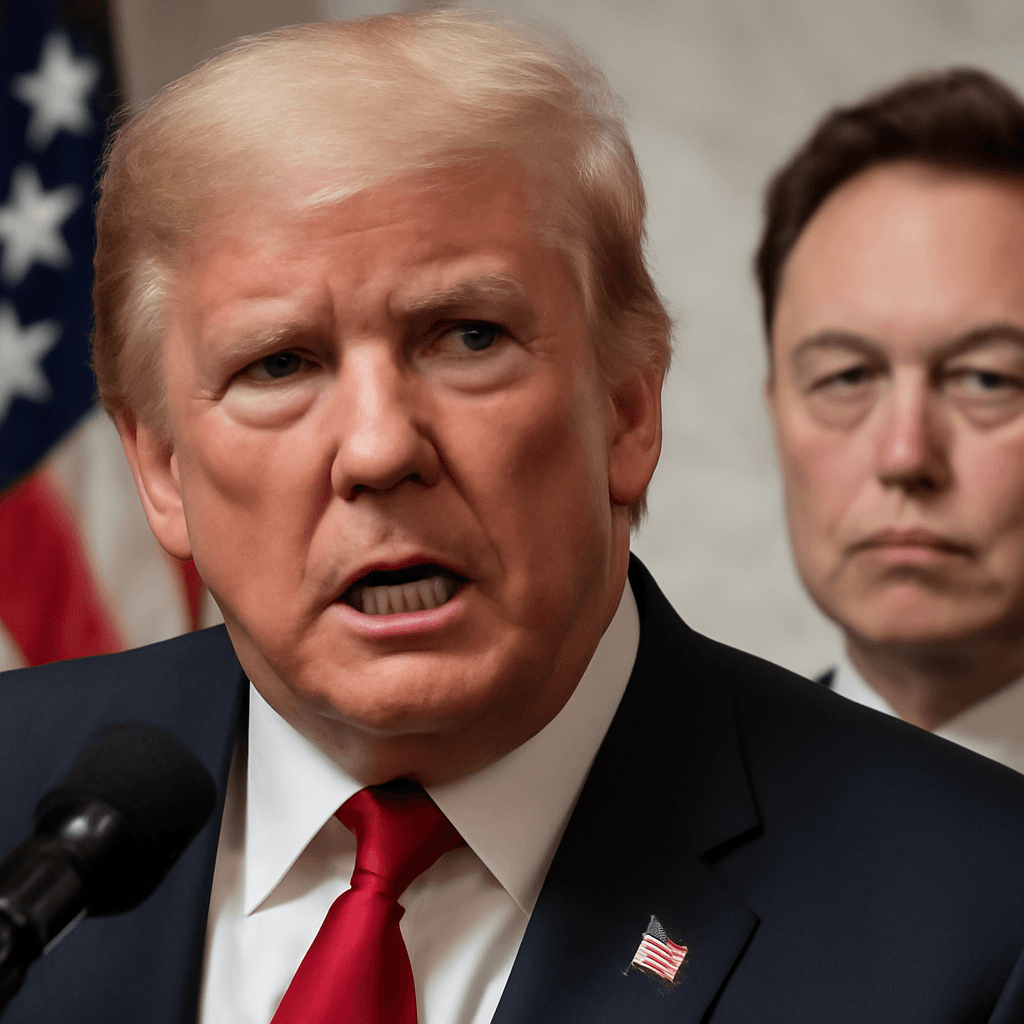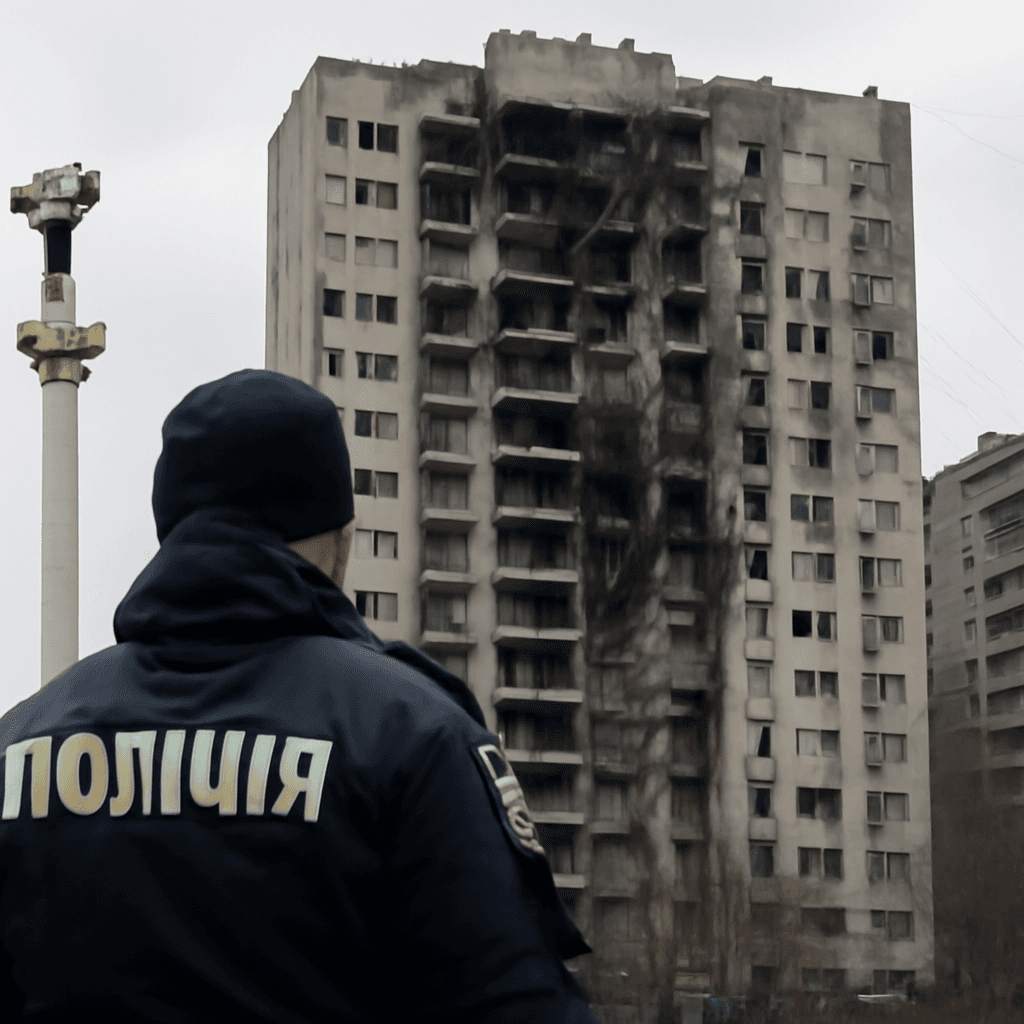Trump Sends National Guard to California in Response to Immigration Raid Clashes
In a bold move escalating tensions between the federal government and California, President Donald Trump has federalized 2,000 National Guard troops to address violent protests sparked by recent immigration enforcement actions in Los Angeles.
Federal Intervention Amid Rising Clashes
The deployment followed a presidential memorandum citing “numerous incidents of violence and disorder” during immigration raids by federal agencies. The White House characterized the protests as obstructing federal law enforcement and described them as a “form of rebellion against the authority of the United States government.”
The National Guard, typically operating under state authority but available to federal command, has often been mobilized for natural disasters and emergencies. However, this latest usage highlights a more contentious role — assisting with immigration enforcement.
Violence and Accusations of State Negligence
Washington officials justified the Guard’s deployment by pointing to reports of “violent mobs” attacking Immigration and Customs Enforcement (ICE) officers carrying out deportation operations. They sharply criticized California’s Democratic leadership, accusing them of neglecting their duties to protect public safety and thereby necessitating federal action.
Interestingly, President Trump praised the National Guard’s efforts before the troops had even arrived in Los Angeles, suggesting the decision was made proactively despite local authorities insisting they had the situation under control and that additional military support was unwarranted.
Backlash from California Leaders
Governor Gavin Newsom, a leading Democratic figure and potential presidential contender for 2028, condemned the federal move as “purposefully inflammatory,” warning it risks deepening the rift between California and the federal government. Notably, Newsom did not request this federal intervention, making the decision a rare unilateral federal action to federalize the National Guard without state approval — a method unseen since 1965.
Political and Economic Undertones
California has long been a Democratic stronghold and a significant economic force, boasting a GDP exceeding $4.1 trillion that if considered as an independent nation would rank as the world’s fourth largest economy. This backdrop intensifies the political dispute, with the Trump administration previously threatening to withhold federal funds over a range of issues including policies on transgender athletes, voter ID laws, and university environments.
Adding to the friction, Governor Newsom recently floated the idea of halting California’s substantial net federal tax contributions — currently over $80 billion annually. He remarked, “Californians pay the bills for the federal government... Maybe it’s time to cut that off.”
Widening Divide Between Blue States and the Federal Government
The National Guard deployment underscores the growing divide between Democratic-led states and the increasingly conservative federal administration. Currently, 23 states are governed by Democrats while 27 lean Republican, highlighting the ongoing tension over immigration and other policy areas.
While some rhetoric has approached discussions of autonomy, the United States Constitution contains no provisions for states to unilaterally secede — a conflict last violently attempted more than 150 years ago during the Civil War.
What’s Next?
As California and the federal government brace for further political and social confrontation, observers will be watching how this unprecedented National Guard deployment unfolds and what it signals for the future of federal-state relations.

